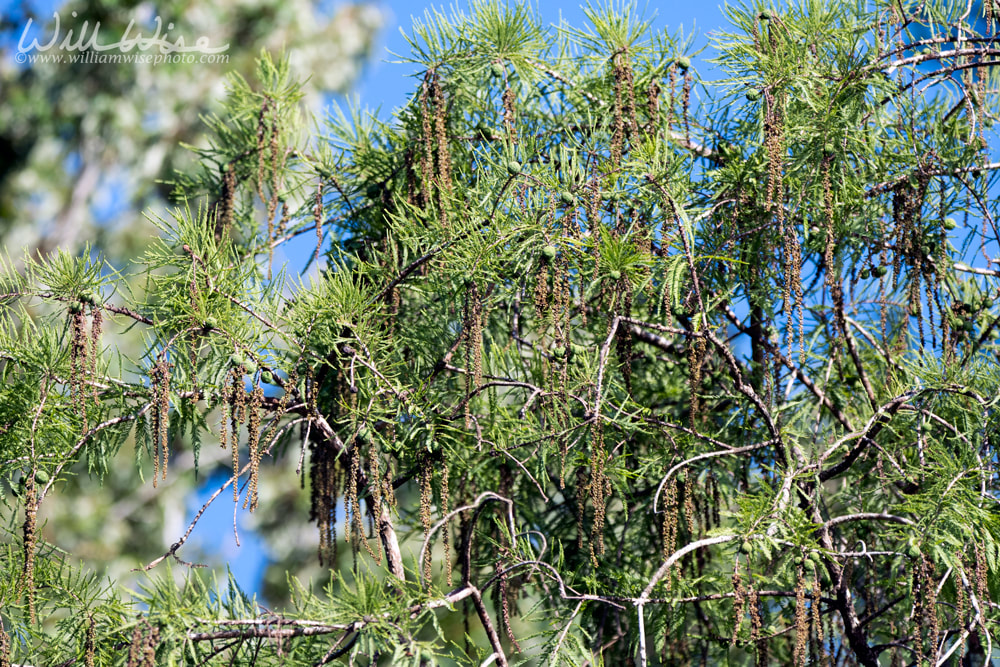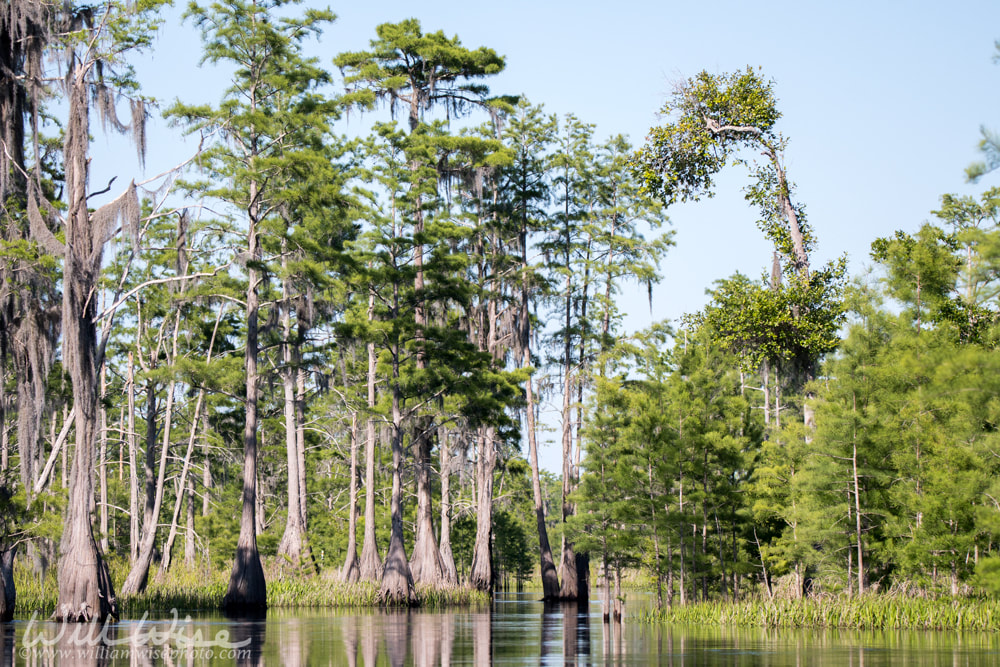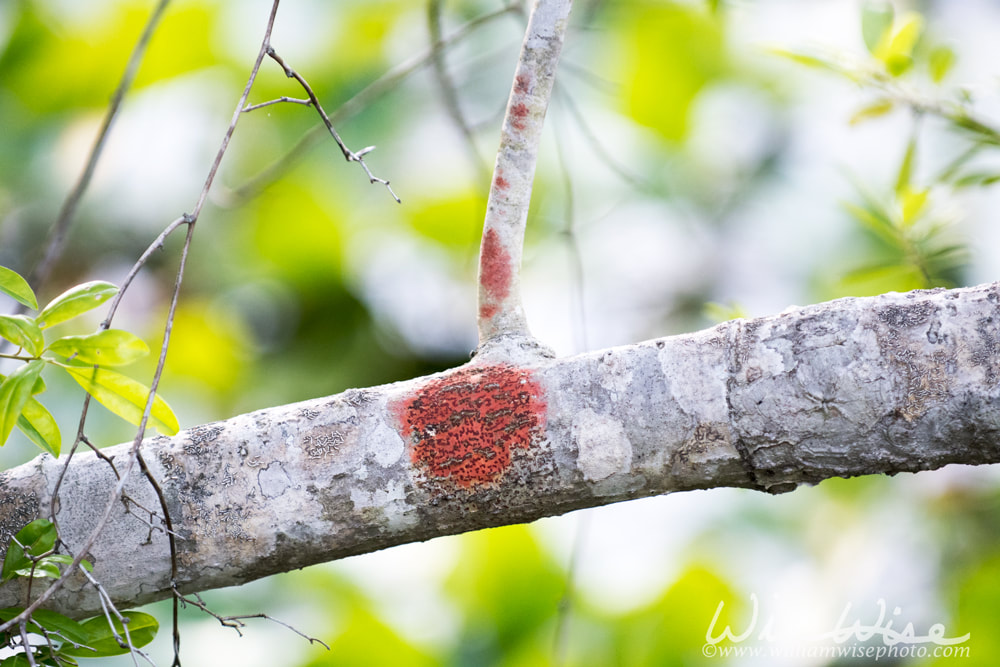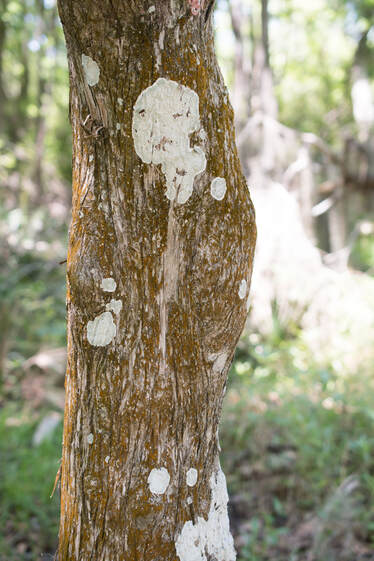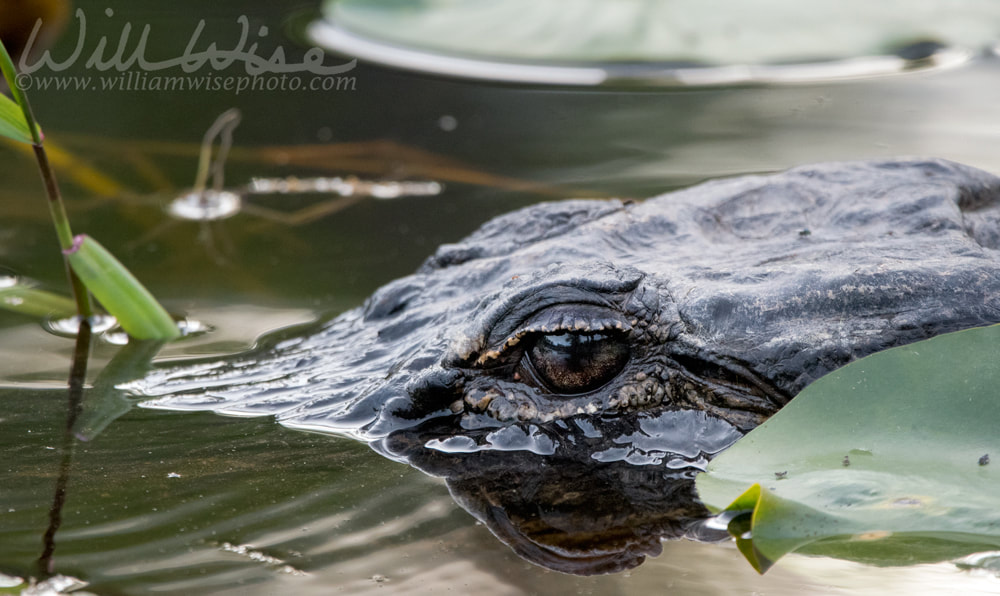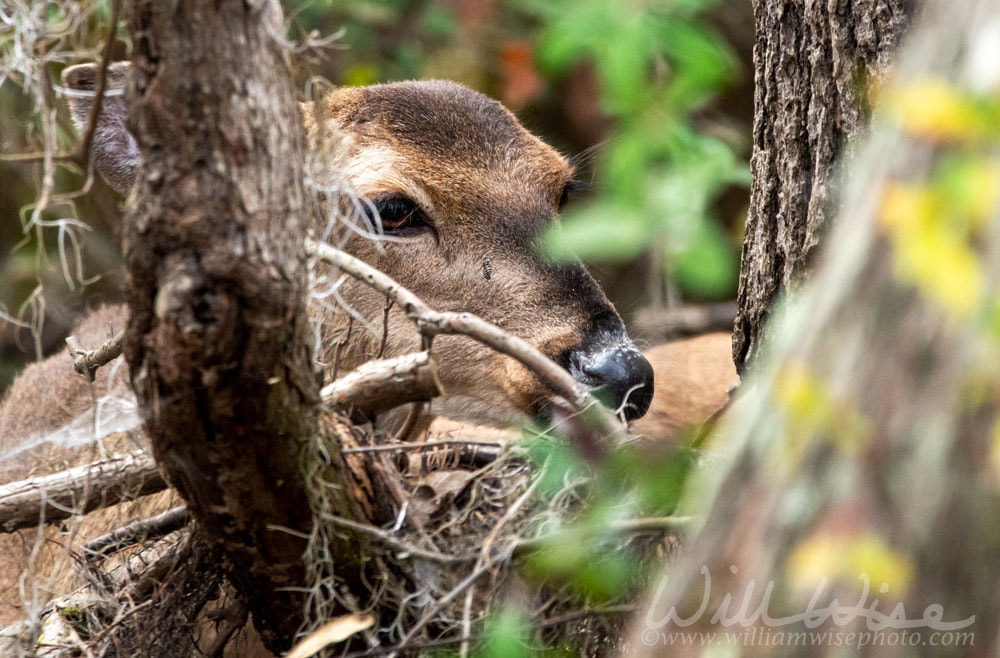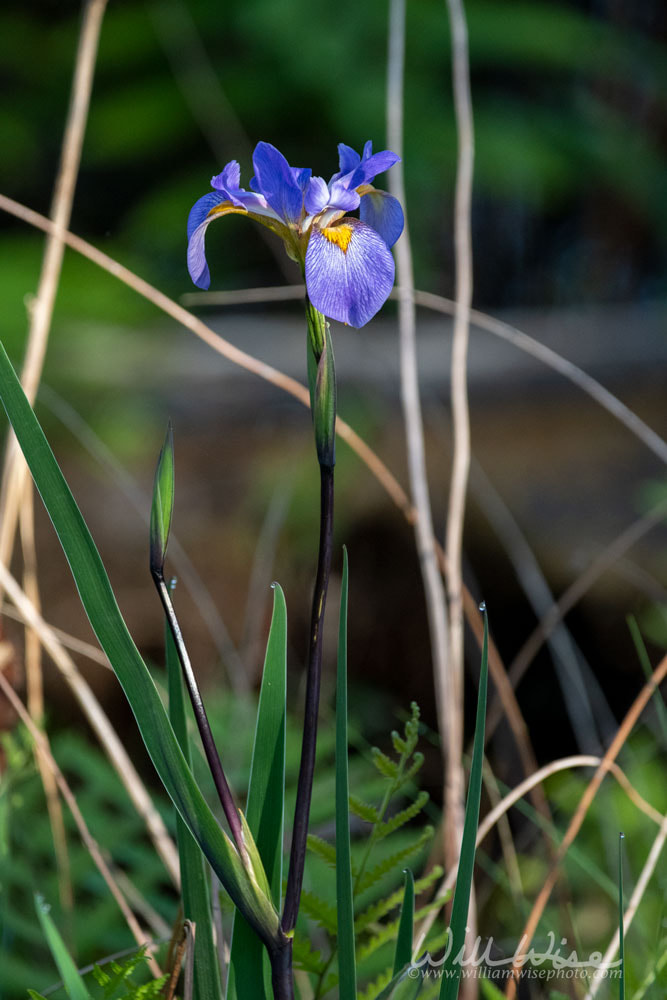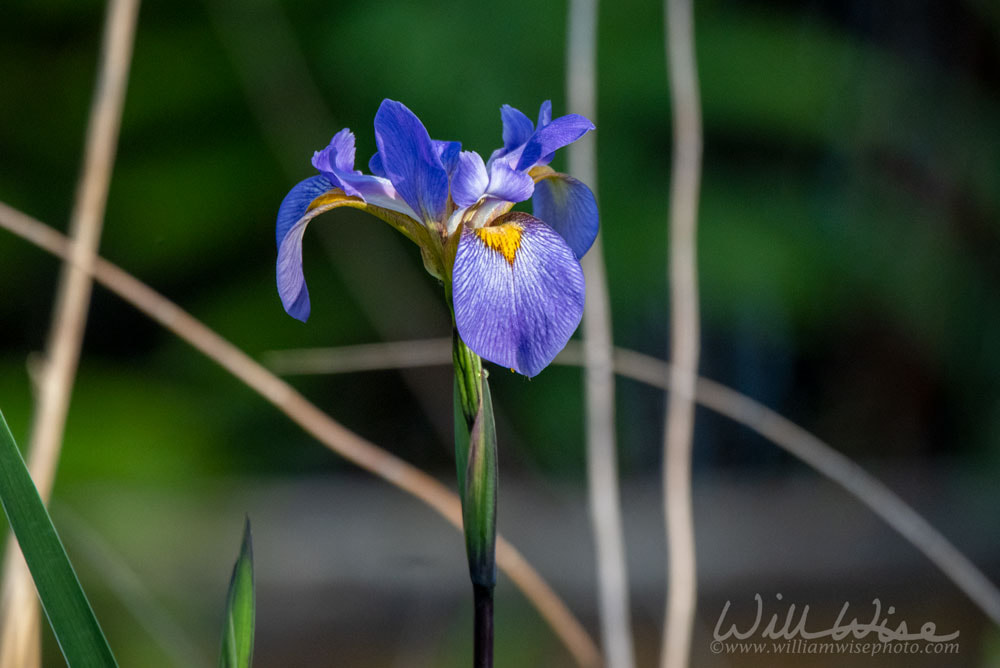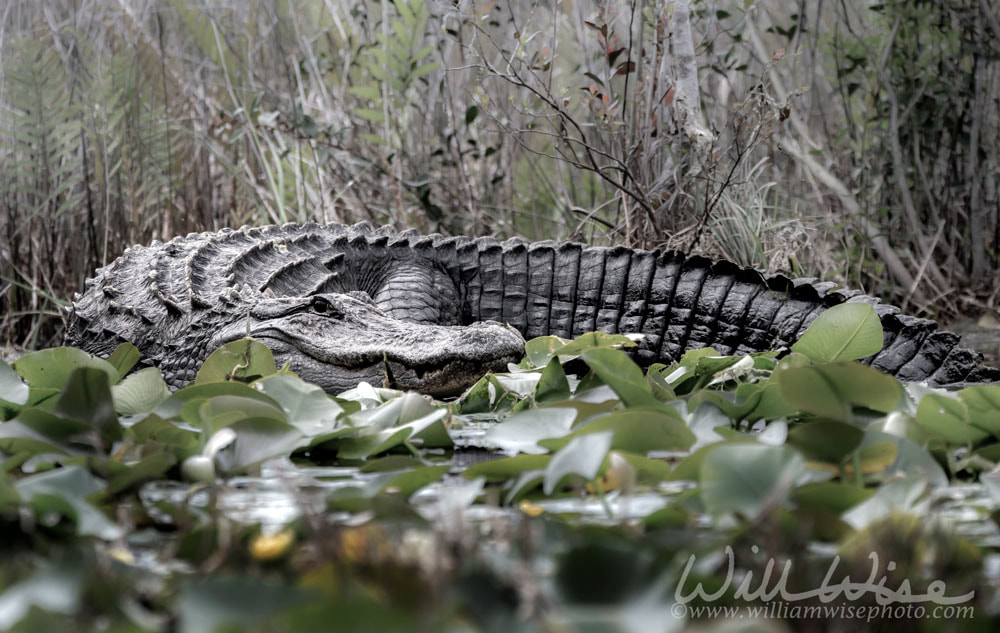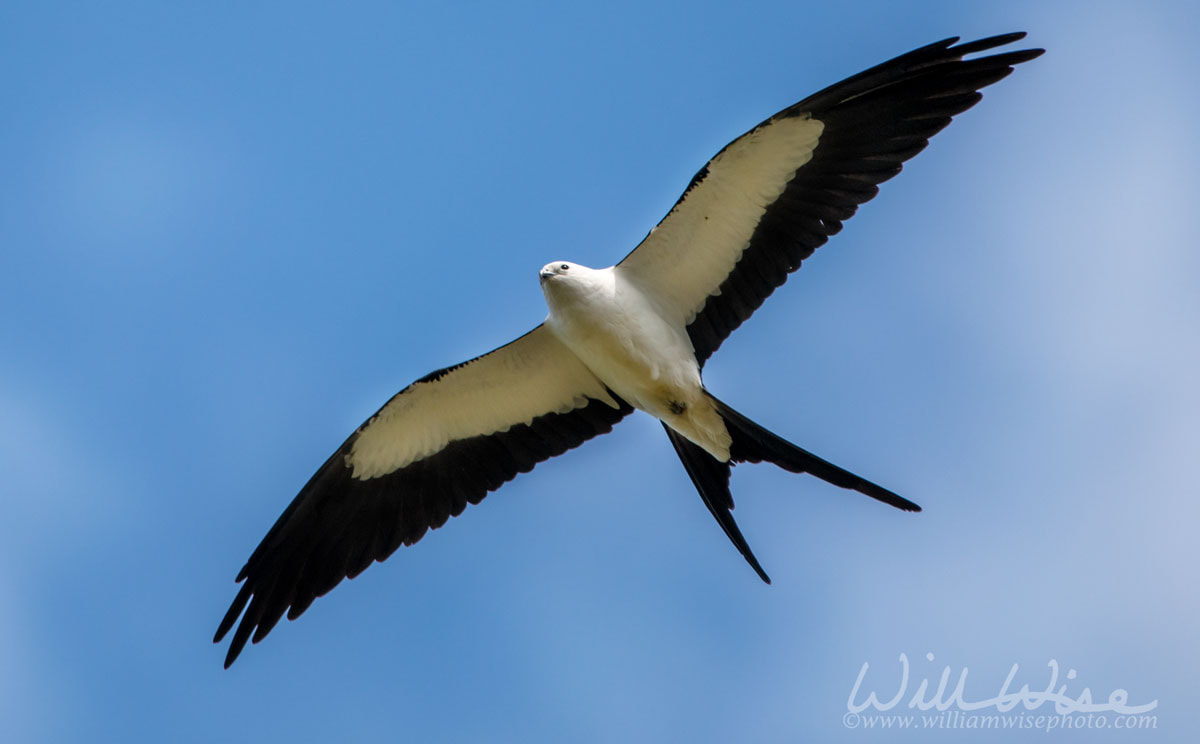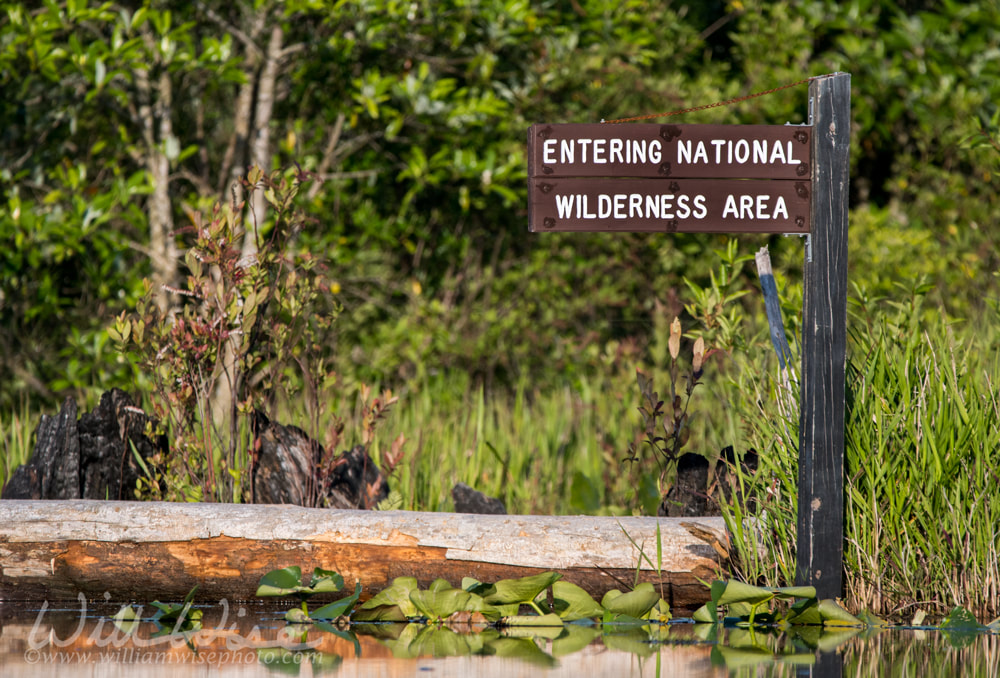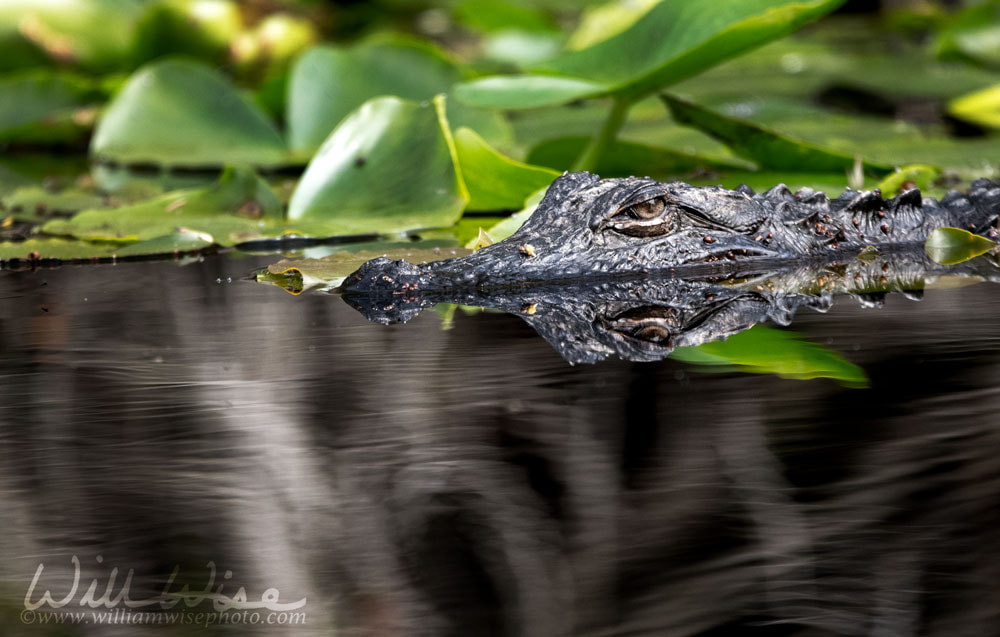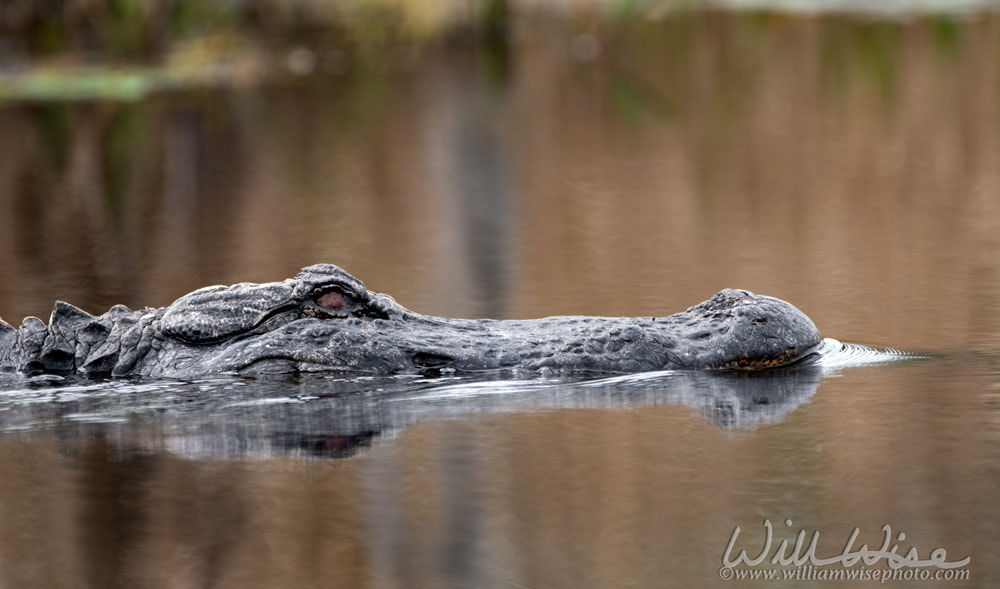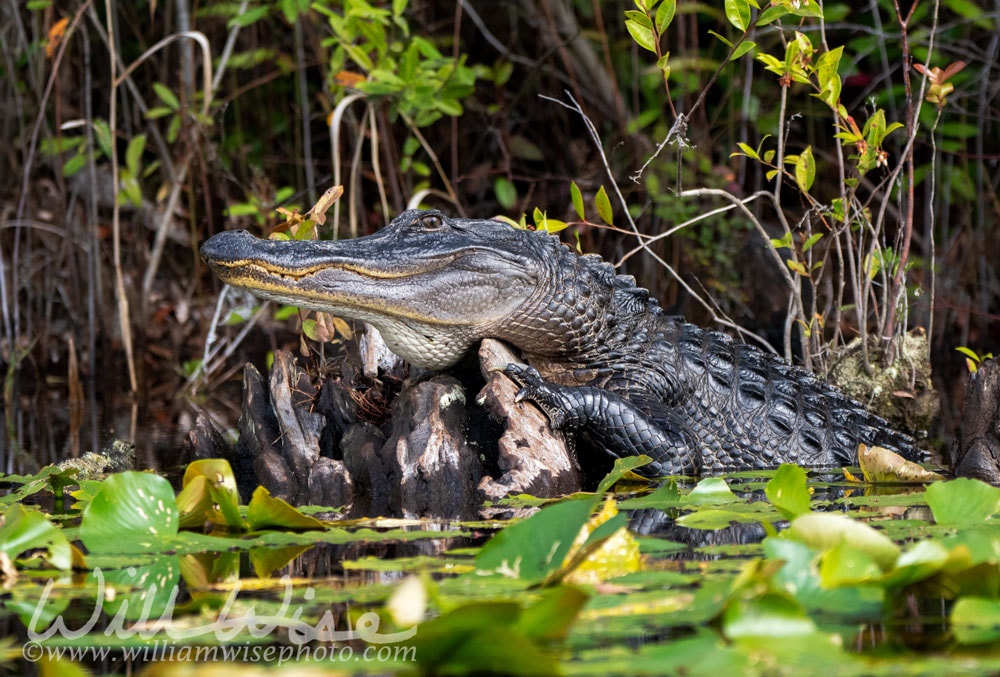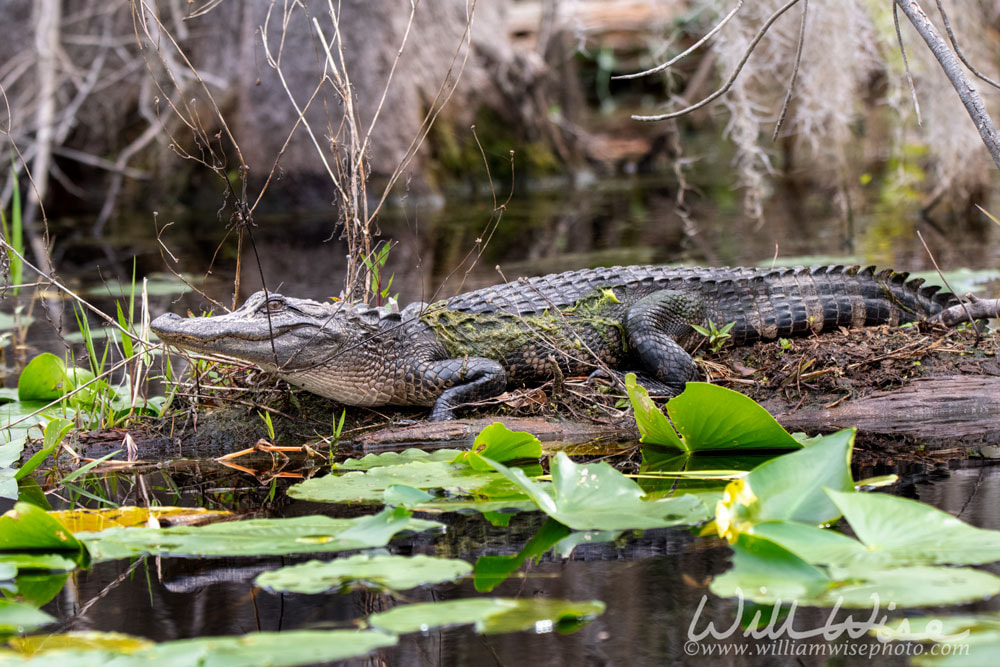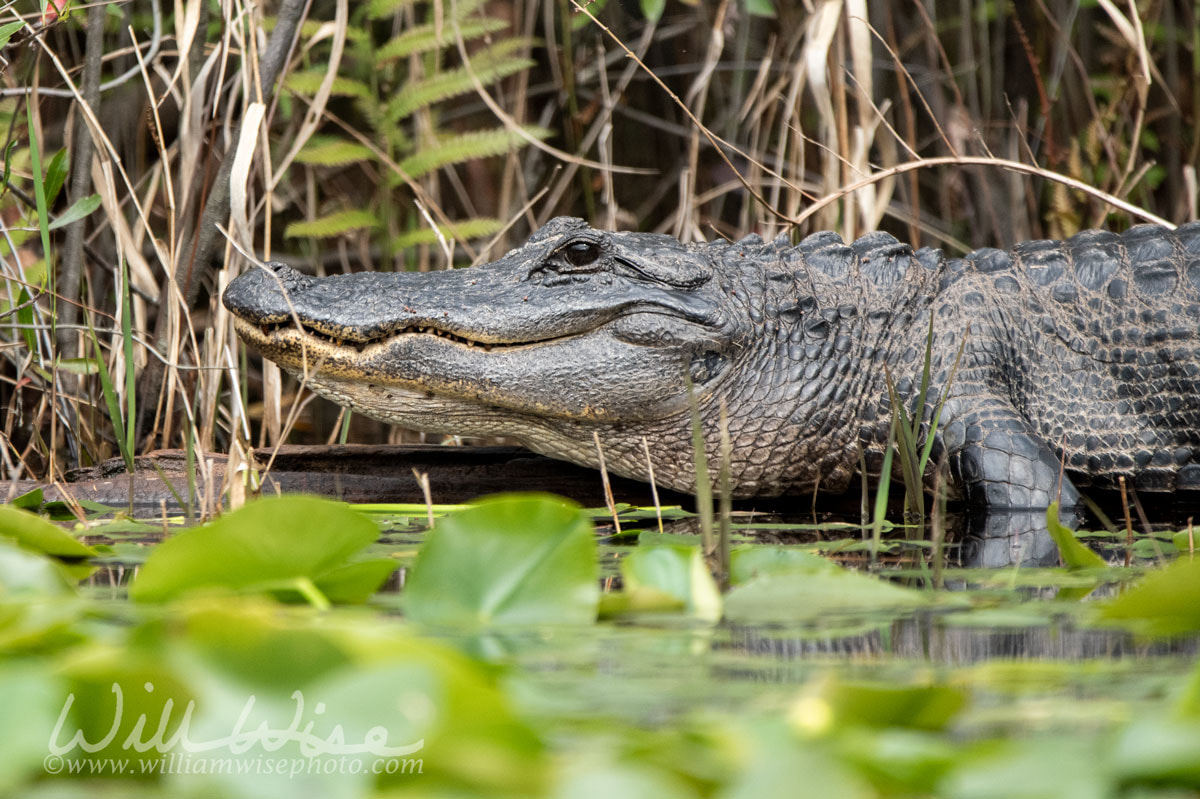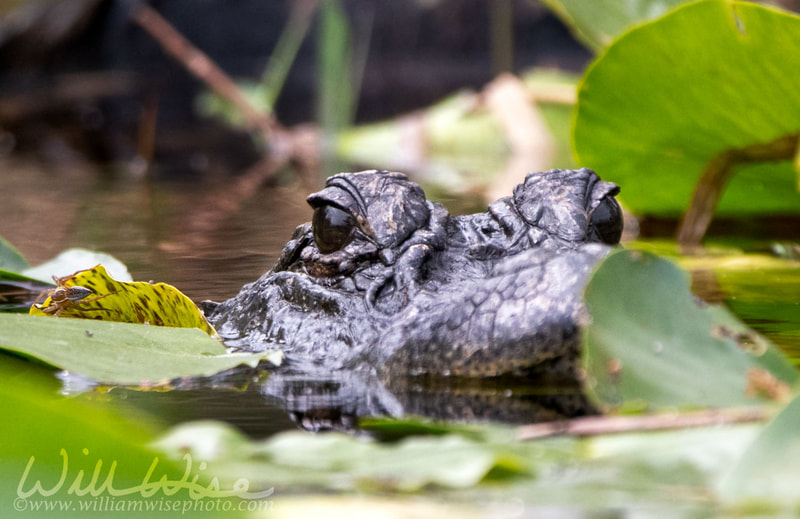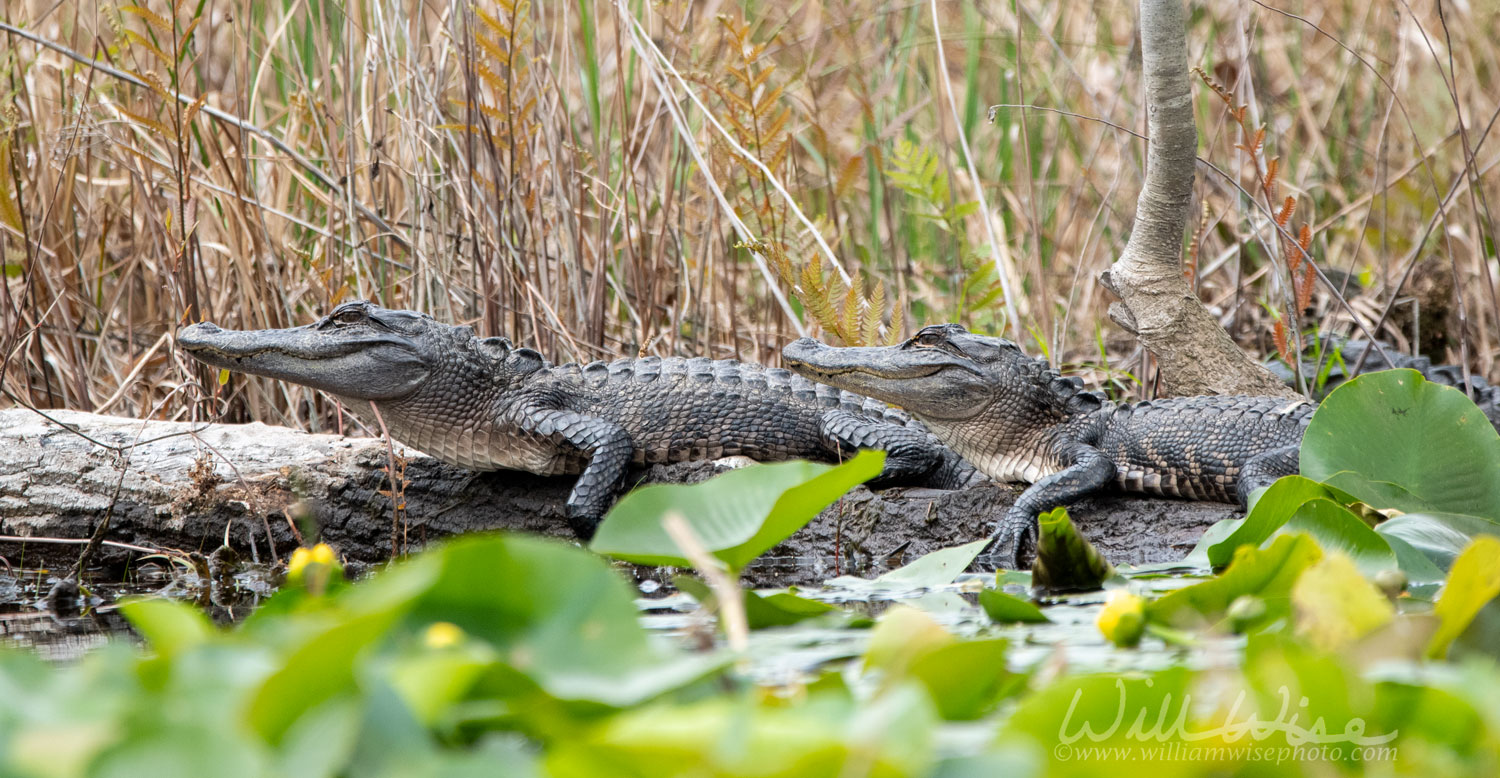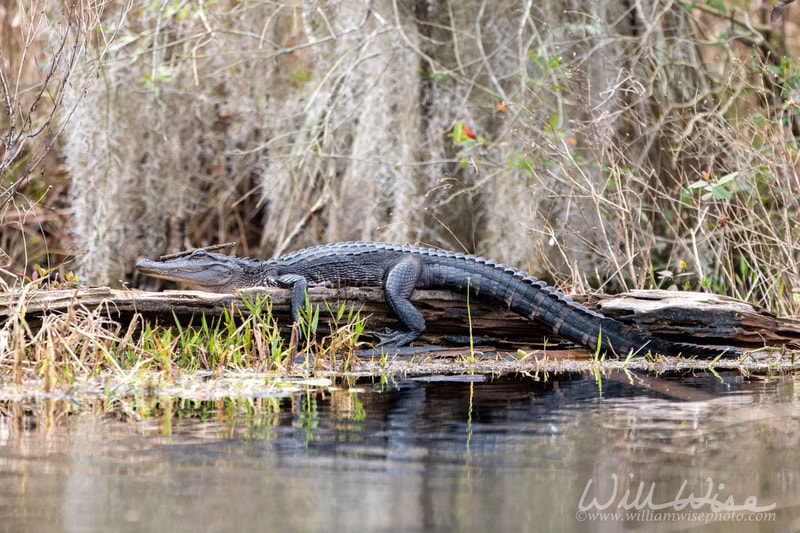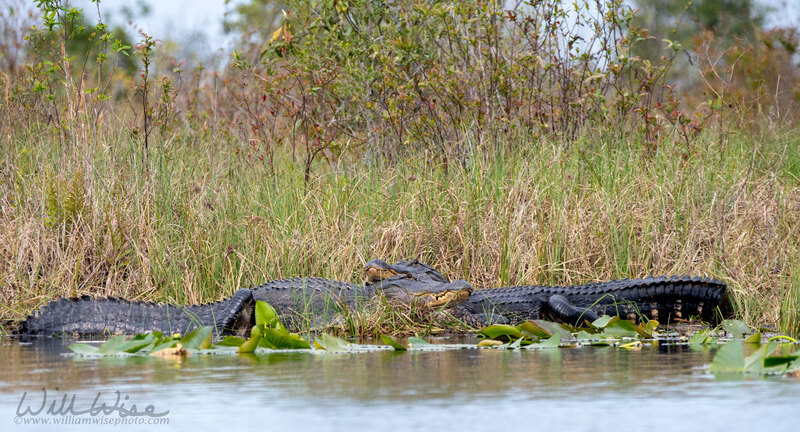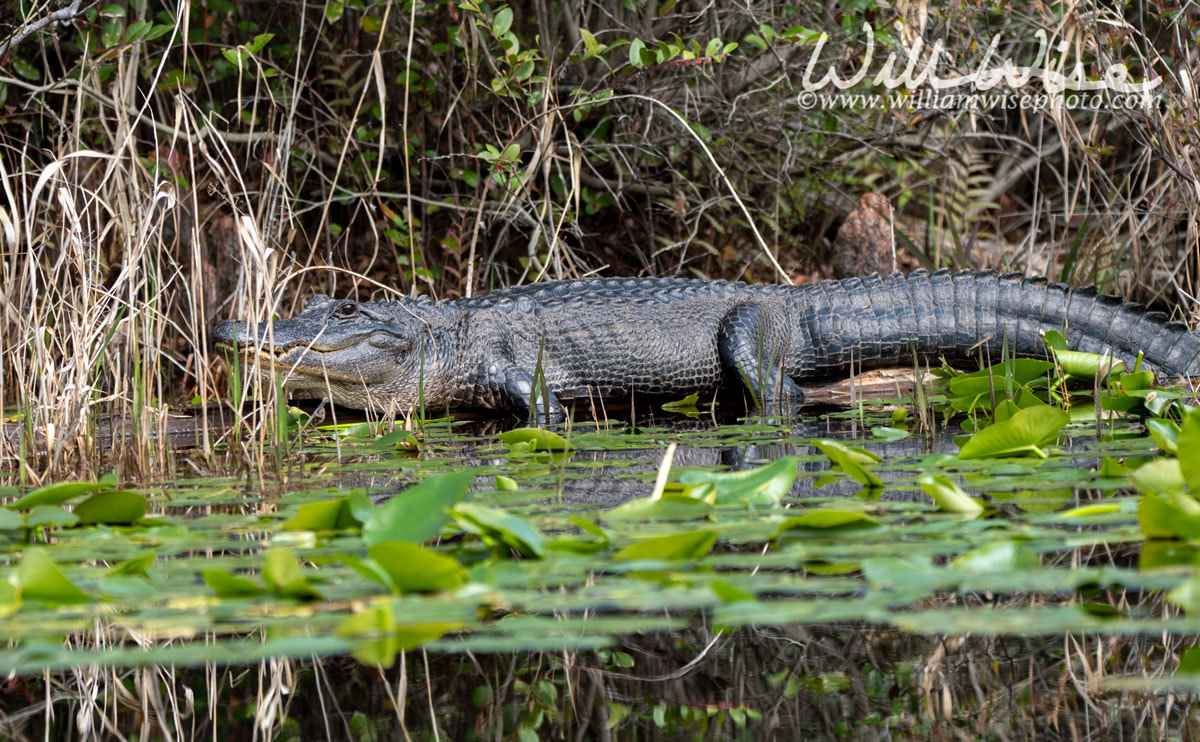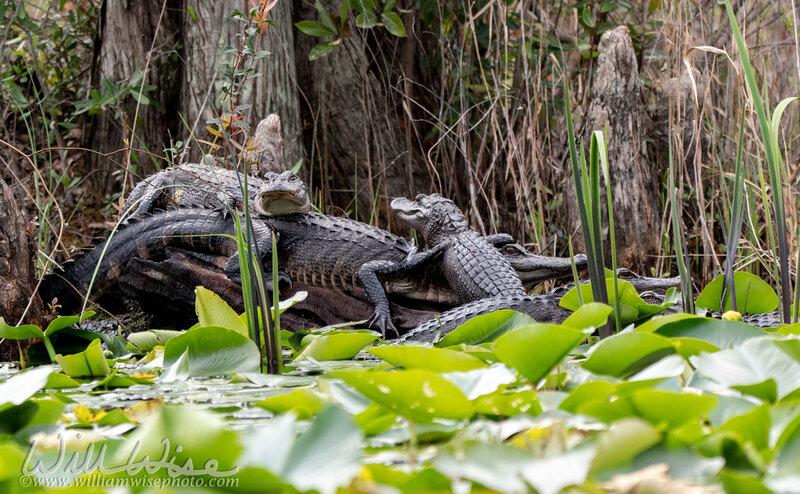I want to thank Lee's Birdwatching Adventures for guest posting this blog! Lee's website is about birding from a Christian perspective and has years of articles and content from Lee and other creationists and birders.  Creation Speaks is a Biblical teaching ministry that uses nature writing and photography to glorify our Creator and teach the truth of creation. “But ask the animals, and they will teach you, or the birds in the sky, and they will tell you; or speak to the earth, and it will teach you, or let the fish in the sea inform you. Which of all these does not know that the hand of the Lord has done this?" Job 12:7-9 The land is as the garden of Eden before them, and behind them a desolate wilderness; yea, and nothing shall escape them. Joel 2:3 As we look about, it can seem all is being laid waste in our society. A virus cancelling church services, political rivalries, racial unrest, lawlessness… all so troubling. But while paddling through the swamp during the coronavirus quarantine, suddenly the Holy Spirit caused hope to spring up in my heart as I watched an Anhinga perched upon a young cypress tree. God’s creation – and God’s Word – restored hope in my heart! There is hope in seeing a young Okefenokee Cypress taking root and reaching toward the sky. The naturalists of old write of towering cypress, some as high as 120 feet tall , standing guard for centuries in the Okefenokee. But all that changed in the early 20th century. All were laid low. The height, girth, straightness and quality of their wood is what no doubt brought the logging companies to the swamp seeking the cypresses. It began in 1909. The pristine Okefenokee began to bustle with activity and industry as logging skidders, sawmills and railroad tracks invaded the Swamp. C.T. Trowell writes, “Systematically, the Hebards extended their logging operations across the Okefenokee. Extending south from Hopkins to Cravens Island in 1912, they reached Pine Island and Mixons Hammock by 1915. Within a year they were cutting the timber between Mixons Hammock and Minnies Island and the railroad was extended across Jones Island to Billys Island. By 1918, the logging camp was established on Billys Island. About two years were required to log the timber around Billys Island. By 1921, the company was building the railroad to Floyds Island. Between 1922 and 1926, they logged the cypress around Floyds Island.” Would the Okefenokee ever recover? 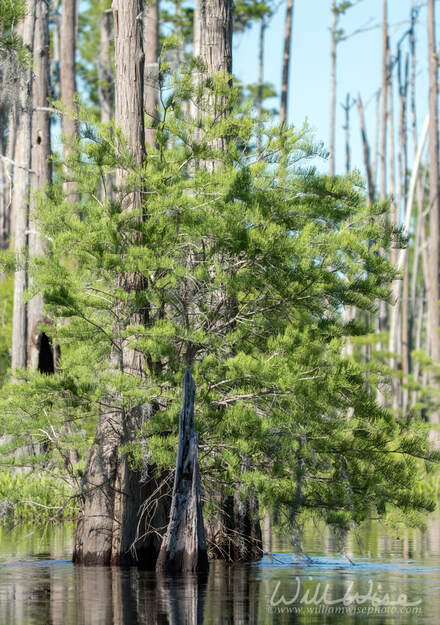 Young Pond Cypress Tree, Taxodium ascendens, in the Okefenokee National Wildlife Refuge, Georgia. Photographed in Mixons Hammock prairie swamp. Native to southeastern United States and grows in still blackwater rivers, swamps and ponds. Cypress knees and large buttress are common features. May 2, 2020. Cypress trees grow very slowly. At a reported growth rate of only about a foot per year in their early stages, it could take 300 to 500 years for the Cypresses of the Okefenokee to once again tower over the dark waters as they did prior to 1909. But with the establishment of the Okefenokee as a National Wildlife Refuge in 1937, the healing has begun. Today there are already some scenic waterways through the Okefenokee - tall cypresses mirrored in the tanin-darkened waters - that hint at these former days. And with the ongoing preservation and conservation of the Okefenokee Swamp as a National Wildlife Refuge, perhaps nature enthusiasts many generations from now will be able to once again see the majestic trees that were wiped out in just a single generation. Fear not, O land; be glad and rejoice: So if there is hope of restoration kindled in the heart upon looking at a young Cypress tree, how much more for our society upon looking at God’s Word! There is a hope that things laid bare can one day live again and be renewed to their former glory. If not in this lifetime, certainly in the next. As Christians, we cease not to pray for our nations, nor forget the restoration that awaits in the New Earth for those who trust and hope in Jesus Christ!
0 Comments
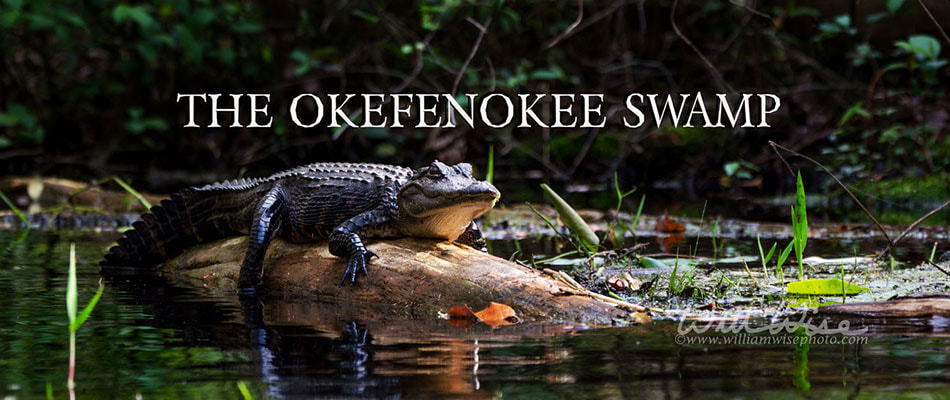 Okefenokee Photography by William Wise. A nature photo journal exploration of Georgia's Okefenokee Swamp, the Land of Trembling Earth, one of the largest blackwater swamps in North America. The alligators, birds, snakes and wildlife of Okefenokee National Wildlife Refuge and Stephen C Foster State Park. -- "What a wildly wonderful world, God! You made it all, with Wisdom at Your side, made earth overflow with your wonderful creations." Psalms 104 The Message "These floating islands present a very entertaining prospect; for although we behold an assemblage of the primary productions of nature only, yet the imagination seems to remain in suspence and doubt; as in order to enliven the delusion and form a most picturesque appearance, we see not only flowery plants, clumps of shrubs, old weather-beaten trees, hoary and barbed, with the long moss waving from their snags, but we also see them compleatly inhabited, and alive, with crocodiles, serpents, frogs, otters, crows, herons, curlews, jackdaws, &c. there seems, in short, nothing wanted but the appearance of a wigwam and a canoe to complete the scene." - Excerpt from William Bartram's Travels, Part II, Chapter III William Bartram was a botantist, artist, and nature writer that explored the southeastern United States around the time of the American Revolution (1773-1776). He was a Christian creationist and gave glory to the Author for all the wonderful works he observed and documented in his book, Travels Through North and South Carolina, Georgia, East and West Florida.  Okefenokee Photography by William Wise. A nature photo journal exploration of Georgia's Okefenokee Swamp, the Land of Trembling Earth, one of the largest blackwater swamps in North America. The alligators, birds, snakes and wildlife of Okefenokee National Wildlife Refuge and Stephen C Foster State Park. -- "What a wildly wonderful world, God! You made it all, with Wisdom at Your side, made earth overflow with your wonderful creations." Psalms 104 The Message Excerpt from William Bartram's Travels, Part II, Chapter III:
William Bartram was a botantist, artist, and nature writer that explored the southeastern United States around the time of the American Revolution (1773-1776). He was a scientist, creationist and Christian that gave glory to the Author for all the wonderful works he observed and documented in his book, Travels Through North and South Carolina, Georgia, East and West Florida.  Okefenokee Photography by William Wise. A nature photo journal exploration of Georgia's Okefenokee Swamp, the Land of Trembling Earth, one of the largest blackwater swamps in North America. The alligators, birds, snakes and wildlife of Okefenokee National Wildlife Refuge and Stephen C Foster State Park. -- "What a wildly wonderful world, God! You made it all, with Wisdom at Your side, made earth overflow with your wonderful creations." Psalms 104 The Message Throughout the Okefenokee grows all manner of lichens and mosses. These scaly fungi add texture and color to the swamp scenery. However, the colorful blotches of lichen can cause confusion along the canoe and kayak trails. Some species of lichen are bright red, like the Pyrenula or Herpothallon (Christmas Lichen), and appear as if spray-painted upon the trees, possibly mistaken as trail blazes! Other lichen patches are white, like the blazes I’ve seen along the Appalachian Trail.  Okefenokee Photography by William Wise. A nature photo journal exploration of Georgia's Okefenokee Swamp, the Land of Trembling Earth, one of the largest blackwater swamps in North America. The alligators, birds, snakes and wildlife of Okefenokee National Wildlife Refuge and Stephen C Foster State Park. -- "What a wildly wonderful world, God! You made it all, with Wisdom at Your side, made earth overflow with your wonderful creations." Psalms 104 The Message 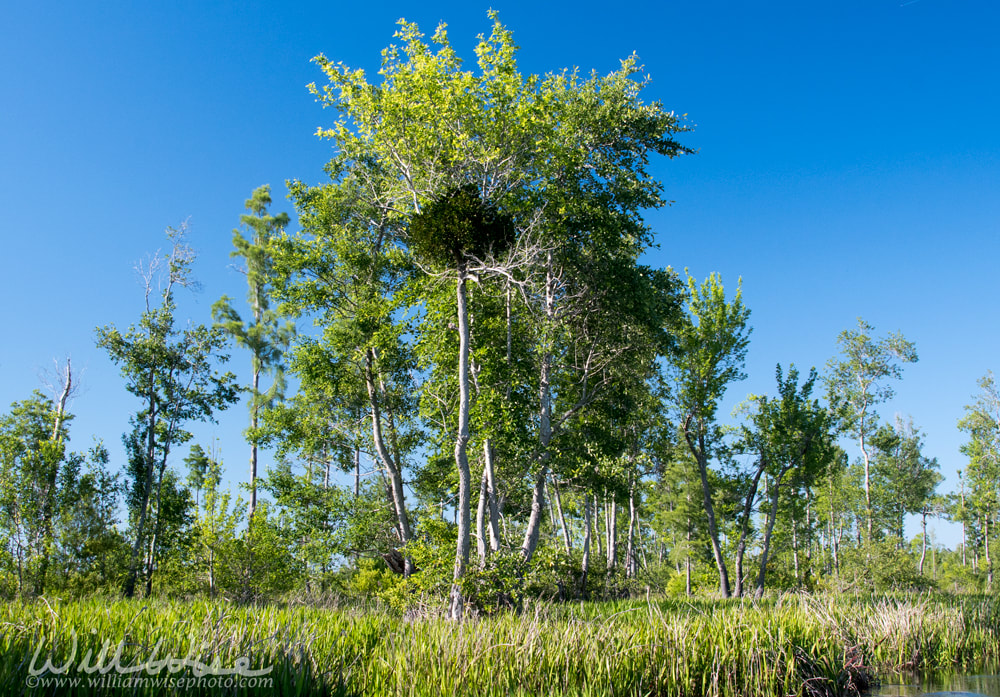 Oak Mistletoe, Phoradendron leucarpum, is a hemiparasitic plant native to the United States and Mexico that lives in the branches of trees. Mistletoe is used as a Christmas decoration. Photographed in the Okefenokee Swamp National Wildlife Refuge, Georgia. Mixon`s Hammock on Suwannee River. May 2020. A large clump of thick green leaves sits high in otherwise bare tree. The thick glossy leaves growing are completely unlike the normal foliage furled out by that tree in the spring. This makes Mistletoe easy to spot, especially in the winter. Its parasitic nature - stealing water and nutrients from its host – is what earned phoradendron (literally, tree thief) its scientific name. So what made a parasite become a Christmas decoration? Internet stories about, but the underlying theme is that mistletoe was hung in the house as an icon of good luck. The superstitious belief that it fosters love and friendship may have led to the tradition of kissing beneath the mistletoe. Each December, my coworker’s children collected mistletoe, tied a red ribbon around small bundles, and sold them to friends, family, coworkers and at Christmas craft fairs to have a bit of Christmas pocket cash. Since the clumps of mistletoe are often high within the trees, I had to inquire where his teenage boys learned how to climb so high. I was then schooled on how southerners in Georgia collected mistletoe: shoot it out of the tree with a shotgun! 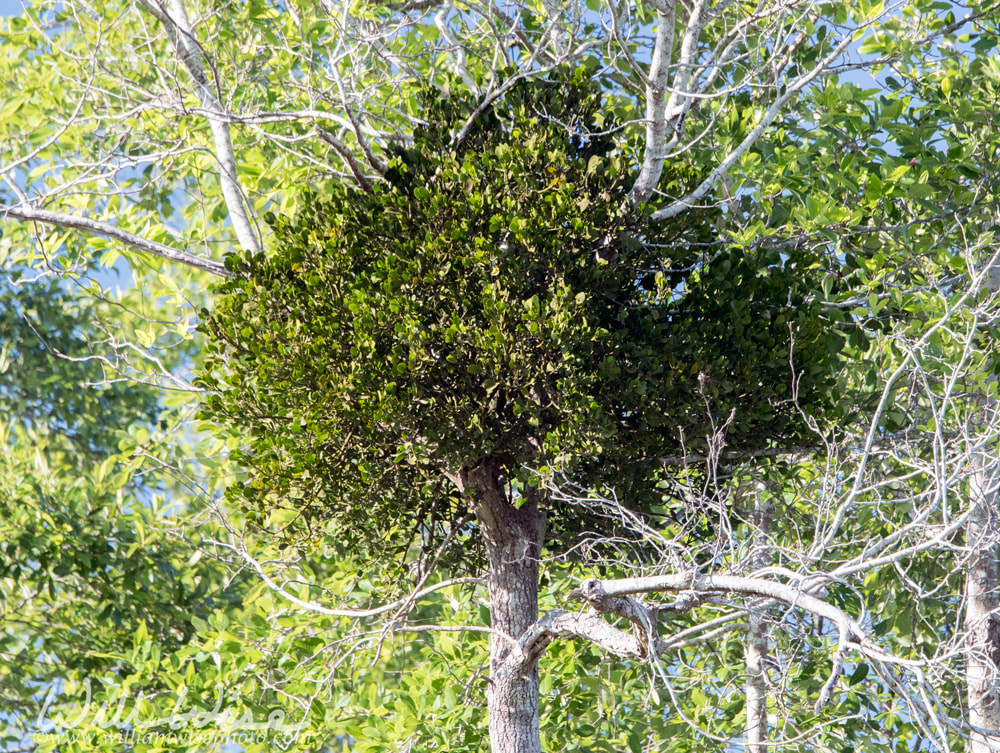 Oak Mistletoe, Phoradendron leucarpum, is a hemiparasitic plant native to the United States and Mexico that lives in the branches of trees. Mistletoe is used as a Christmas decoration. Photographed in the Okefenokee Swamp National Wildlife Refuge, Georgia. Mixon`s Hammock on Suwannee River. May 2020.  Okefenokee Photography by William Wise. A nature photo journal exploration of Georgia's Okefenokee Swamp, the Land of Trembling Earth, one of the largest blackwater swamps in North America. The alligators, birds, snakes and wildlife of Okefenokee National Wildlife Refuge and Stephen C Foster State Park. -- "What a wildly wonderful world, God! You made it all, with Wisdom at Your side, made earth overflow with your wonderful creations." Psalms 104 The Message 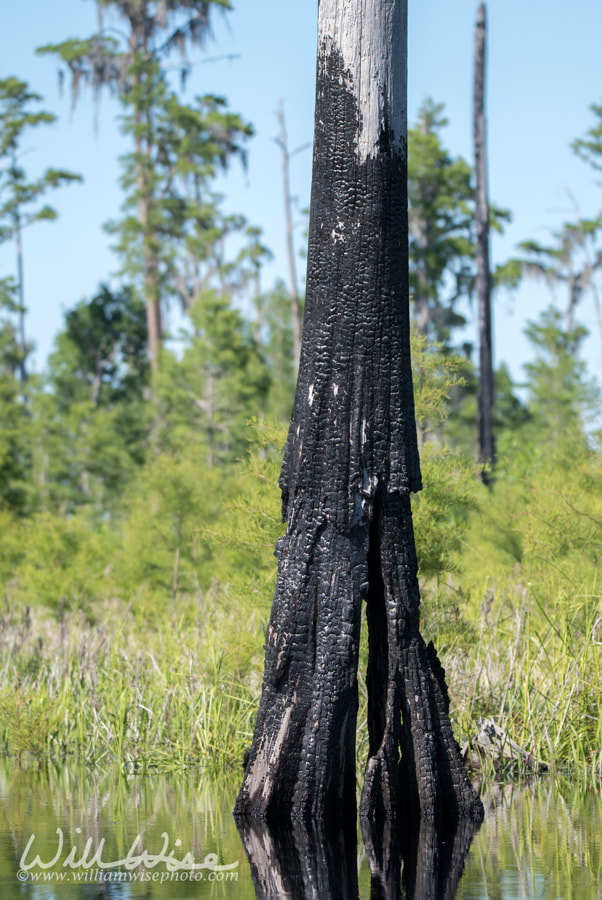 Burned cypress tree stump in the Okefenokee Swamp National Wildlife Refuge, Georgia. May, 2020. Fire is an important part of swamp habitat ecology. Okefenokee wildfires are typically caused by lightning strikes and burn thousands of acres of dry peat during drought. Fire sets back hardwood succession and keep open prairies. Long, hot summers… extended periods of drought… plenty of exposed organic peat material… and a random but well-placed lightning strike; all these ingredients cook up to make large fires. South Georgia, and especially the Okefenokee National Wildlife Refuge, face this imminent threat every year. Often, hundreds upon hundreds of square miles burn for several days at a time. But is fire bad? In reality, wildfires actually are what keep the Okefenokee Swamp a swamp. As the fires sweep the prairies of the refuge, the shrubs and young hardwoods are killed back. The large cypress and Long-leaf pines tolerate the flames and thus the characteristic open habitats of the Okefenokee remain. According to the Georgia Wildlife Federation, “Fire is a necessary part of the swamp ecosystem. When it burns the swamp, usual plant succession is interrupted, preventing swamp prairies from filling with cypresses, black gums, and bays and becoming Woodland.” Source: Georgia Wildlife: The Okefenokee Swamp, Georgia Wildlife, Volume 6, Number 1, from Georgia Wildlife Press; 1997.
The Okefenokee Swamp Park is broadcasting Professor Don Berryhill’s video series, Okefenokeology! Go to their YouTube channel to subscribe and see all the other videos in the series. Below are a few episodes. Enjoy some Okefenokee at home!
“Are you looking for something, anything, to help supplement the online learning resources for you and/or your children’s education with school being closed? Or maybe you just love everything there is to love about the Land of the Trembling Earth? If so, we hope you will enjoy our Okefenokeology Series with Professor Don Berryhill. We will regularly upload each episode onto our YouTube channel (so be sure to subscribe) or just come to our Facebook page for updates.”  Okefenokee Photography by William Wise. A nature photo journal exploration of Georgia's Okefenokee Swamp, the Land of Trembling Earth, one of the largest blackwater swamps in North America. The alligators, birds, snakes and wildlife of Okefenokee National Wildlife Refuge and Stephen C Foster State Park. -- "What a wildly wonderful world, God! You made it all, with Wisdom at Your side, made earth overflow with your wonderful creations." Psalms 104 The Message Prior to being set aside as a National Wildlife Refuge, White-tailed Deer were commonly hunted on the open prairies of the Okefenokee Swamp, as described in an excerpt from the 1926 book History of the Okefenokee Swamp: Chase Prairie derives its name from the fact that it was a favorite place to chase down deer that would come out on the space to feed upon the grass and water plants. A number of hunters would gather with dogs around this large Prairie and some would chase the deer from the islands into the Prairie, while others would have boats convenient, and they were so expert with the little narrow boats used in the Swamp that they could propel these boats so swiftly over the water-covered Prairie that a deer would be overtaken before he could cross it.  Okefenokee Photography by William Wise. A nature photo journal exploration of Georgia's Okefenokee Swamp, the Land of Trembling Earth, one of the largest blackwater swamps in North America. The alligators, birds, snakes and wildlife of Okefenokee National Wildlife Refuge and Stephen C Foster State Park. -- "What a wildly wonderful world, God! You made it all, with Wisdom at Your side, made earth overflow with your wonderful creations." Psalms 104 The Message In the spring, there are splashes of purple and blue along the canoe trails of the Okefenokee Swamp. I have primarily found it along the Suwannee River Middle Fork (red trail) where the channel is still wide, but taller trees provide some shade. The leaves protrude from the water a few feet and the beautiful purple bloom rises just above them.
According to a USDA Plant Guide, the Southern Blue Flag swamp iris, Iris virginica, is perfectly suited to the Okefenokee habitat as it prefers wet, acidic, boggy soils. It is native to the coastal plains from Virginia to Louisiana. The source also states that Seminoles may have used this plant to treat shock following an alligator bite.  Okefenokee Photography by William Wise. A nature photo journal exploration of Georgia's Okefenokee Swamp, the Land of Trembling Earth, one of the largest blackwater swamps in North America. The alligators, birds, snakes and wildlife of Okefenokee National Wildlife Refuge and Stephen C Foster State Park. -- "What a wildly wonderful world, God! You made it all, with Wisdom at Your side, made earth overflow with your wonderful creations." Psalms 104 The Message The largest alligators are said to have been from 15 to 19 feet long. I don’t think any of those 19-footers were scientifically verified, but an internet search shows Mandy Stokes’ 15’9” alligator holds the current world record. The largest Georgia alligator was killed in 2019 and measured 14’1”.
I haven’t climbed out of my canoe with a tape measure in the Okefenokee Swamp, but have seen some pretty big ones along the banks of Billy’s Lake and especially up The Sill. It is hard to imagine these gargantuan reptiles can weight up to 1,000 pounds! Once they get up to that size, I don’t think they have any fear of predators… other than during hunting season. But if they remain within the boundaries of the Okefenokee National Wildlife Refuge, they are protected for life to grow big and fat!  Okefenokee Photography by William Wise. A nature photo journal exploration of Georgia's Okefenokee Swamp, the Land of Trembling Earth, one of the largest blackwater swamps in North America. The alligators, birds, snakes and wildlife of Okefenokee National Wildlife Refuge and Stephen C Foster State Park. -- "What a wildly wonderful world, God! You made it all, with Wisdom at Your side, made earth overflow with your wonderful creations." Psalms 104 The Message After several trips to the Okefenokee National Wildlife Refuge that ended in a bust, I was really hoping this trek would finally result in a decent Swallow-tailed Kite photograph. But once again, it appeared that I was leaving the Okefenokee Swamp disappointed. The Okefenokee National Wildlife Refuge is located in Georgia near along the Florida line in the southeastern United States. It is a wonderfully huge wetland that has been protected since the mid-1900s after logging had nearly obliterated the habitat. It is now a refuge for all types of wildlife, including the Swallow-tailed Kite. Swallow-tailed Kites, Elanoides forficatus, are a raptor (bird of prey). They breed in the southeastern United States and according to the eBird illustrated checklist, are found in the Okefenokee from March through August. The Cornell Ornithology website beautifully describes it as, “a graceful, uniquely shaped raptor with long, narrow wings and deeply forked tail.” It favors wet habitats around rivers and ponds and nest in tall pines and cypress, making the Okefenokee Swamp a perfect place to spot them! But once again, another spring excursion ends without a kite photograph. We had even packed up camp, loaded the canoe on the trailer, and were driving the long road out of the refuge when I spotted it! Not far from the boundary of the NWR soared a beautiful kite in the open, blue skies. It was the final photo of our final day on this March 2020 trip to the Okefenokee! iNaturalist observation: https://www.inaturalist.org/observations/47757050  Okefenokee Photography by William Wise. A nature photo journal exploration of Georgia's Okefenokee Swamp, the Land of Trembling Earth, one of the largest blackwater swamps in North America. The alligators, birds, snakes and wildlife of Okefenokee National Wildlife Refuge and Stephen C Foster State Park. -- "What a wildly wonderful world, God! You made it all, with Wisdom at Your side, made earth overflow with your wonderful creations." Psalms 104 The Message "Sam lay rolled in blankets beside Frodo. `I had a funny dream an hour or two before we stopped, Mr. Frodo,' he said. `Or maybe it wasn't a dream. Funny it was anyway…: I saw a log with eyes!' ‘The log's all right,' said Frodo. `There are many in the River. But leave out the eyes!'" Like floating driftwood with eyes, the alligator is exceptionally camouflaged as it lies submerged in the dark swamp waters. Often lying as still as a stone for hours with only its eyes and nostrils above the surface, unwitting prey may often come within chomping distance unaware of their danger. A sudden sideways slash of the head and a large fish is trapped in those unrelenting jaws. A forward thrust of the tail and a duck or otter may disappear down that previously unseen gullet. A strong thrust may even propel the alligator several feet out of the water to nab the unsuspecting heron from its perch.  Okefenokee Photography by William Wise. A nature photo journal exploration of Georgia's Okefenokee Swamp, the Land of Trembling Earth, one of the largest blackwater swamps in North America. The alligators, birds, snakes and wildlife of Okefenokee National Wildlife Refuge and Stephen C Foster State Park. -- "What a wildly wonderful world, God! You made it all, with Wisdom at Your side, made earth overflow with your wonderful creations." Psalms 104 The Message The Florida Redbelly Turtle is another common aquatic turtle I’ve spotted on my canoe adventures throughout the Okefenokee Swamp. A close look at Pseudemys nelsoni reveals two cusps on its upper beak which differentiates it from the other turtles in the refuge. The Suwannee River, which runs through the Okefenokee, is the northern border of this turtle’s range. It reportedly lays its eggs in active alligator nests. iNaturalist observation: https://www.inaturalist.org/observations/45351272 
Okefenokee Photography by William Wise. A nature photo journal exploration of Georgia's Okefenokee Swamp, the Land of Trembling Earth, one of the largest blackwater swamps in North America. The alligators, birds, snakes and wildlife of Okefenokee National Wildlife Refuge and Stephen C Foster State Park. -- "What a wildly wonderful world, God! You made it all, with Wisdom at Your side, made earth overflow with your wonderful creations." Psalms 104 The Message
While many of the alligators quietly slip into the water as you paddly by, some gators can put on quite a show that is full of splashing and drama. The video below is a compilation of photography and some gator splash videos from our March 2020 trek to the Okefenokee Swamp.
 Okefenokee Photography by William Wise. A nature photo journal exploration of Georgia's Okefenokee Swamp, the Land of Trembling Earth, one of the largest blackwater swamps in North America. The alligators, birds, snakes and wildlife of Okefenokee National Wildlife Refuge and Stephen C Foster State Park. -- "What a wildly wonderful world, God! You made it all, with Wisdom at Your side, made earth overflow with your wonderful creations." Psalms 104 The Message Their status as an apex predator is probably what makes the American Alligator so fascinating and formidable. Apex predators are those at the top of the food chain. They have few, if any, other natural predators. While a big alligator is capable of killing almost any other animal in the Okefenokee Swamp, the truth is they mostly take prey that gives them the least trouble. Since they can’t chew, they mostly take animals that can be swallowed. Yes, they are famed for the “gator roll” method of tearing apart large prey, but that is an big expenditure of energy. Young alligators consume snails, frogs, small fish and insects. The larger gators will take larger prey if an opportunity presents itself. And though it seems strange, alligators may even eat one of their own kind! |
Categories
All
Archives
September 2025
|
|
All content is ©williamwisephoto.com. Please don't steal images. My images are available at dreamstime.com. Stock sales go into the shelter photography program.
|
In December 1993 I came to know the Designer and Creator of this wonderful planet and its creatures: Jesus Christ.
|
Donations help support the animal shelter adoption photography equipment and adoption website hosting and domain fees. Thanks for your support!
|

